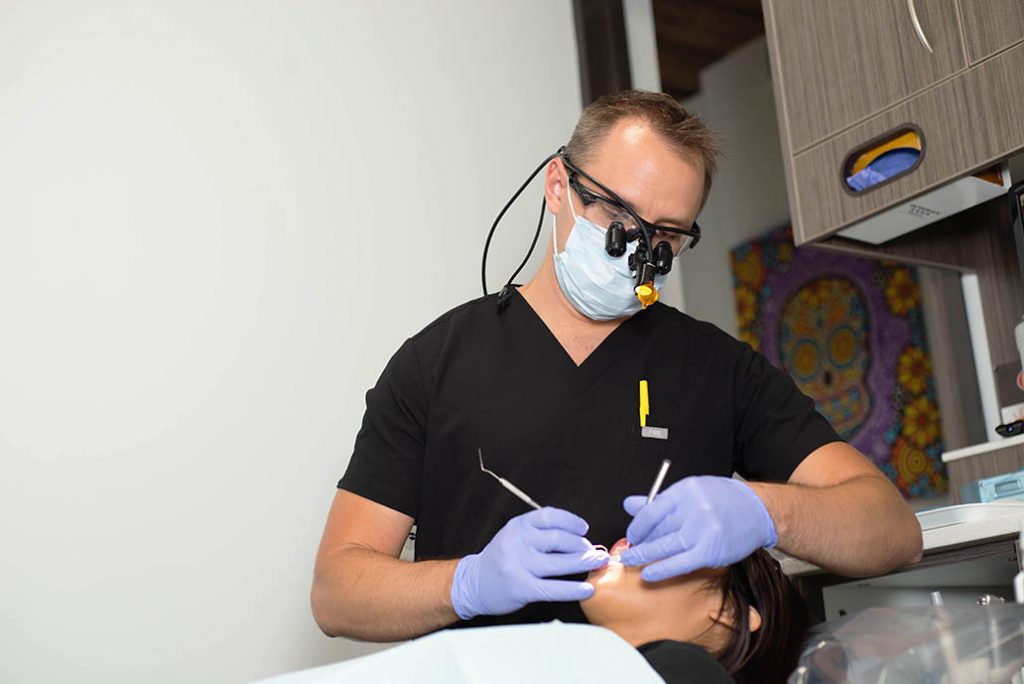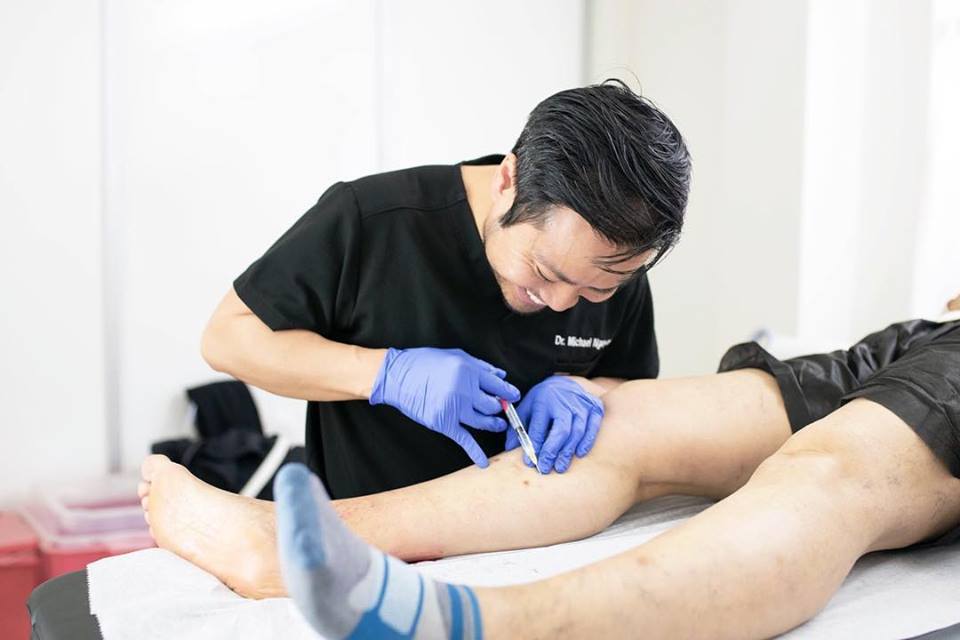What is persistent venous insufficiency?

Chronic Venous Insufficiency, known by its acronym as IVC, is the inability of the veins to perform the adequate return of blood to the heart, which causes the heart to accumulate in the legs, giving rise to different symptoms and problems.
Can venous insufficiency be cured?
The veins and arteries play a fundamental role in the proper functioning of our circulatory system, since they are responsible for transporting blood from the heart to the whole body in two directions: from the organ to the different parts of the organism -arteries-, and the reverse -veins. The walls of the veins have tiny valves that open and close, and serve to help control the pressure and flow of blood, facilitating its proper return to the heart.
The valves that is existing in the walls of the veins. They only have a unidirectional upward movement towards the heart, which allows the flow.
The veins of the lower extremities are located between the muscles, therefore, with each step we take, there is a muscular contraction that squeezes the veins and allows the upward flow of blood. Also check Compression hose for varicose veins
Signs of venous insufficiency
There are several elements that can influence and be determinant in the appearance of this condition.

Causes of venous insufficiency:-
- Age and genetic factors – Over the years, the elastic lining of the veins begins to weaken, increasing the possibility that the veins will dilate. Likewise, the genetic factor influences the appearance of venous insufficiency directly. In fact, it is one of the diseases that is most inherited.
- The pregnancy – The hormones characteristic of this state cause the dilation of the veins. It is a necessary process that contributes to more blood reaching the uterus with the nutrients and oxygen necessary for the fetus to grow, but which, however, can also facilitate the development of CVI and the appearance of varicose veins. In addition, the uterus, when growing, compresses the drainage veins of the pelvis, which hinders the emptying of blood from the legs and also causes the veins to dilate. Weight gain and decreased physical activity also influence this stage. Thus, about 40% of pregnant women suffer from varicose veins and other symptoms of CVI. However, these problems may disappear after delivery, since the factors that caused them cease. Hormonal alterations venous disease is more frequent in women due to hormonal influence. In addition, the hormones previously cited in pregnancy are also found in birth control pills, so that their consumption can increase venous permeability and its dilation. In these cases, medical surveillance is necessary.
- The overweight – Excessive body weight increases the pressure in the veins of the legs and aggravates their condition, which leads to an increased risk of developing CVI and associated complications. The sedentary life and lack of exercise. A sedentary lifestyle or inactivity directly influences, since standing for a long time increases the pressure in the veins.
- The occupational side – In work activities in which many hours are spent standing or sitting, or involving many long trips in short periods, the positions taken with the legs and immobility hinder proper blood circulation, which can evolve into circulatory problems such as the IVC. It is considered, then, that the people who work in these conditions are risk groups, because they are especially predisposed to develop CVI problems.





